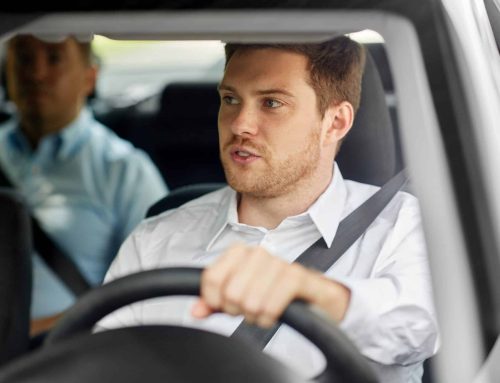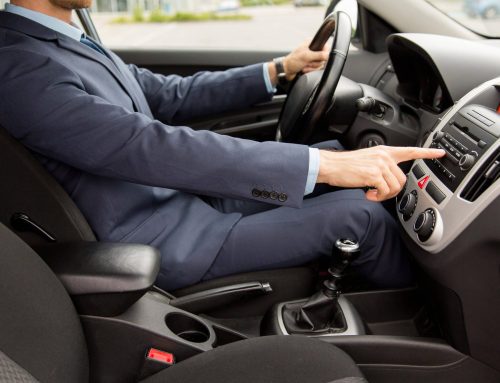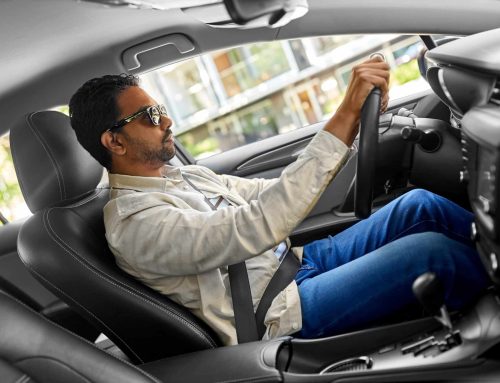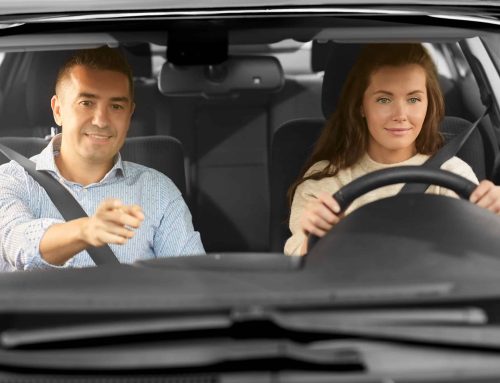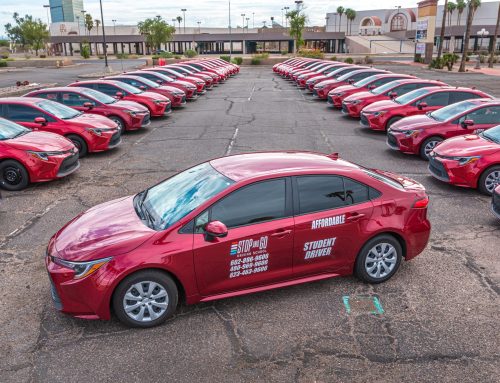Behind the Impact: Understanding Automobile Crash Tests
Every time we buckle up and hit the road, we’re putting out trust in the engineering and design of our vehicle. But how often do we stop and think about the processes that make our cars safe and secure? At the heart of vehicle safety lies the automobile crash test.
What are crash tests?
In short, crash tests are controlled experiments that assess the safety of vehicles during collisions. These tests simulate various real-world accident scenarios to evaluate how vehicles protect occupants, and the findings play an essential role in refining car design, enhancing safety features, and ensuring the overall protection of vehicles, occupants, and pedestrians on the road.
Who conducts crash tests, and why?
Crash tests are primarily conducted by independent organizations and governmental agencies. Here in the United States, for instance, the National Highway Traffic Safety Administration (NHTSA) and the Insurance Institute for Highway Safety (IIHS) are two of the leading bodies that perform these tests. Their primary goals include:
Evaluating vehicle safety: By understanding a vehicle’s response during a collision, manufacturers can make necessary adjustments to improve safety.
Informing the public: Crash test results equip potential buyers with knowledge about a car’s safety credentials, allowing for informed purchases.
Setting benchmarks: These tests provide guidelines for automobile manufacturers, pushing the envelope for vehicular safety standards.
What do they test for?
Several aspects of vehicular safety are examined during a crash test:
Occupant protection: How well does the vehicle shield its passengers during a collision? This aspect looks at injury metrics for different body parts and whether safety features, like airbags and seat belts, function correctly.
Structural integrity: This measures how well a car’s structure withstands and dissipates the energy of a crash. A vehicle with good structural integrity will have minimal deformation in vital areas, ensuring better protection for its occupants during an accident.
How do they conduct the tests?
From seat belts to roof strength, many different aspects of a vehicle are tested for safety. Here are some of the most common tests organizations perform:
Frontal crash tests: These are designed to mimic head-on collisions. Vehicles are driven into barriers, with dummies inside representing passengers of different sizes.
Side-impact tests: These tests simulate side collisions, such as ones that might occur at an intersection. Just like frontal tests, crash test dummy occupants of various sizes are used to gauge potential injuries.
Overlap tests: Split into two categories—small overlap and moderate overlap—these tests focus on scenarios where only a portion of a car’s front end collides with an object or vehicle.
Rollover tests: These evaluate a vehicle’s propensity to roll over in an accident. During these tests, organizations like the NHTSA will test in a lab using the “Static Stability Factor,” which tells us how top-heavy a vehicle is.
Pedestrian tests: The NHTSA has recently proposed including pedestrian safety tests as part of their assessment program. These tests would replicate pedestrian-vehicle accidents to evaluate potential damage.
It’s worth noting that testing scenarios and methods have evolved alongside advancements in safety technology. For instance, crash tests now examine a vehicle’s capacity to prevent accidents through features like automatic braking and lane-keeping aids.
Finding vehicle crash test ratings
If you’re keen on understanding how a specific vehicle performed in crash tests, there are simple ways to get reliable information and ratings:
Official Websites: Both the NHTSA and IIHS maintain comprehensive databases of their crash test results. Simply enter the vehicle’s make and model to retrieve detailed ratings.
Vehicle Dealerships: Many dealerships display safety ratings prominently, especially if the vehicle has performed well.
Car Reviews: Many automotive publications and websites discuss crash test ratings when reviewing cars.
At Stop and Go, we only use newer vehicles that have the latest safety technology. All our vehicles also have a 5 star rating from Toyota. Register for a Stop and Go course and take the wheel with confidence.


